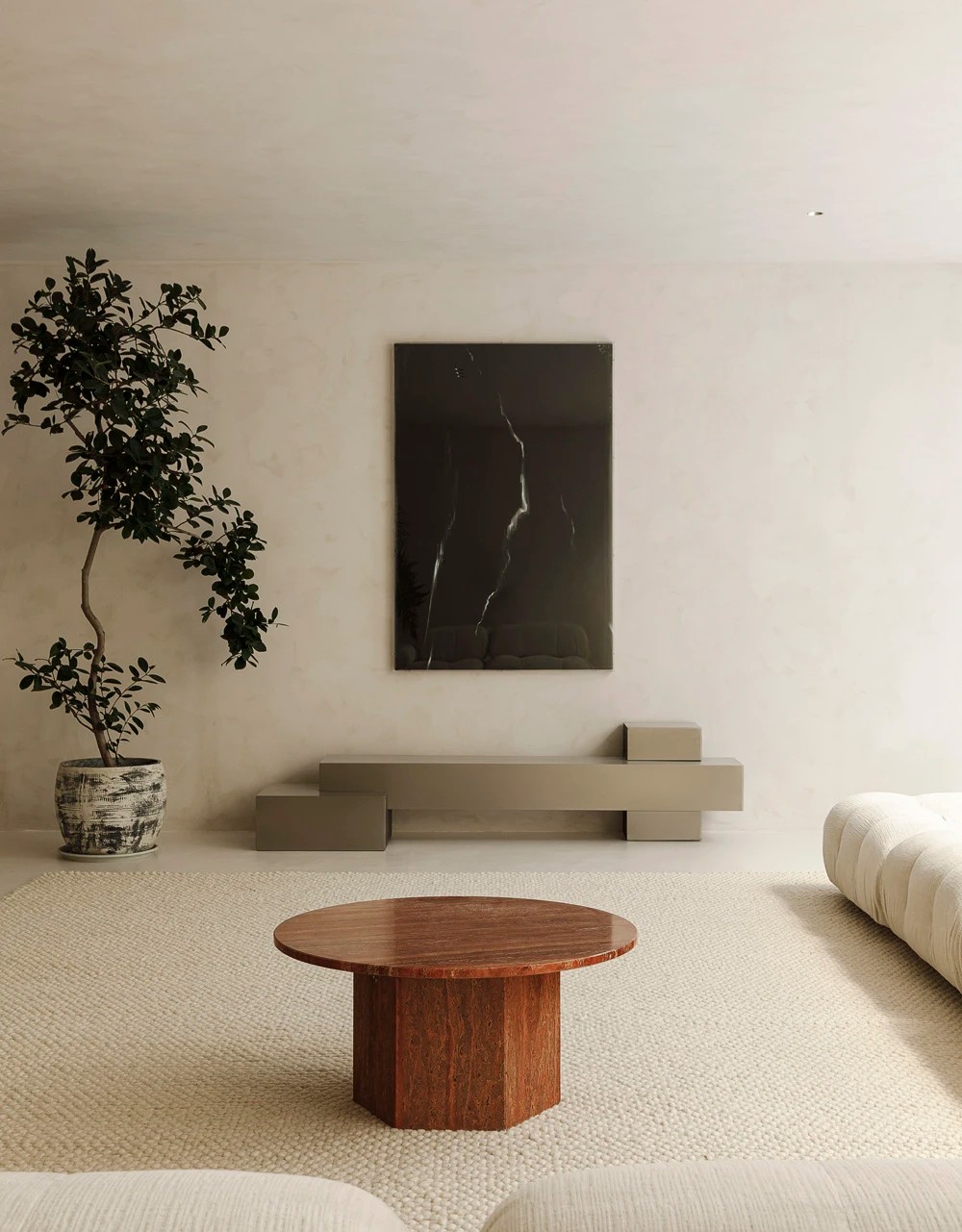Carol Urzua Lira Arquitectos Asociados
2015-01-02 01:00
© Pedro Mutis
佩德罗·穆提斯


架构师提供的文本描述。这栋建筑位于圣罗莎大道1727号,占地2000平方米,没有地下建筑,并为特定城市地区的老年人提供社区活动。
Text description provided by the architects. The building is located at 1727 Santa Rosa Ave., being a 2,000sqm two-storey construction, no underground floor, and housing community activities for the elderly in that specific city zone.
© Pedro Mutis
佩德罗·穆提斯


项目简介包括一个初级保健中心、多用途厅、一家咖啡馆和现有体育馆的增建。
A primary health centre, multiuse halls, a café and an addition to an existing gymnasiumare included as the brief of the Project.
Floor Plan
.jpg)

建立了一个面积1 000平方米的大公园,保留了一组现有的排树,此外,还合并了五棵新树,以巩固新建筑的庭院。
A large esplanade of 1,000m² is created retaining a group of existing platanus trees, in addition five new trees were incorporated to consolidate the courtyard for the new building.
© Pedro Mutis
佩德罗·穆提斯


主要立面朝向圣罗莎-±80米。龙坐在距离物业边界10米的一条线上,这是由于规划上的限制,与未来的街道拓宽有关。这一条件允许在建筑物的正门保留一棵重要的Ceibo树(珊瑚树)。
Street Facade The main facade towards Santa Rosa -±80m. long- sits on a line 10 meters behind the property boundary, due to planning restrictions related to a future widening of the street. This condition allowed to retain an important Ceibo tree (Coral Tree) at the main entrance of the building.
© Pedro Mutis
佩德罗·穆提斯


外观处理的目的是保持狭窄的梯田房屋的外观毗邻的建筑物,通过识别现有的元素。这座两层楼高的建筑和立面考虑了一个水平的桥墩,一个突出建筑物入口的遮阳篷和顶部的一个檐篷。建筑围护结构采用95厘米模块交替包覆和窗户设计,以保持现有外墙颜色交替的速度。
The facade treatment aims to retain the look of the narrow terraced houses adjacent to the building, by recognising existing elements of them. The two-storey building and facade considers a horizontal plinth, an awning which highlights the entrance to the building and a cornice at the top. The building envelope was designed in 95cm modules alternating cladding and windows, in order to retain the pace of alternating colours of existing facades.
© Pedro Mutis
佩德罗·穆提斯


正面使用的颜色是从区域周围现有的颜色中提取出来的。采用黄色、灰色和白色的图案,交替使用白色和白色的彩色玻璃模组,将光线引入建筑物。白色也被用作大门的颜色-无论是墙壁还是遮阳篷-都是渗透到建筑物中的颜色。
The colours used in the facade were taken from the existing ones around the zone. A pattern using yellow, grey and white was used, alternating white and white tinted glazed modules to introduce light into the building. White was also used as the colour in the main entrance -either for walls and awning- being the colour which penetrates into the building.
© Pedro Mutis
佩德罗·穆提斯


所用材料的外观和选择从附近的建筑中脱颖而出,作为质量标准的说明,这将有助于说明为邻近地区提供的设施的质量。
The look and selection of materials used stands outs from nearby constructions as a statement on qualitys standars, which would allowto illustrate the quality of facilities provided for the neighbourhood.
© Pedro Mutis
佩德罗·穆提斯


室内公共循环充满了来自天窗和双高空间的自然光线,为居住在这一地区的老年人提供了一个空间质量的礼物。
Interiors Common circulations are filled with natural light from skylights and double-height spaces, providing a spatial quality whichs was sought to be a gift for the elderly people who lived in this area.
© Pedro Mutis
佩德罗·穆提斯


建筑物的主循环垂直于主街,与场地后部的体育馆相连。这两个层次要么通过一个楼梯和一个坡道,面对现有的天台树的内部庭院,从而成为工程的主要空间。
The building main circulation runs perpendicular to the main Street connecting with the gymnasium at the rear part of the site. The two levels are communicated either by a stair and a ramp which faces the internal courtyard of existing platanus trees, thus becoming the main space of the project.
© Pedro Mutis
佩德罗·穆提斯


坡道产生双高度空间并垂直连接它们,使主环流具有空间连续性,并且在环流空间中包含多个生活区。
The ramp generates double-height spaces and connects them vertically, giving spatial continuity to the main circulation, furthermore it contains several living areas within the circulation space.
© Pedro Mutis
佩德罗·穆提斯








































.jpg)

.jpg)

.jpg)

.jpg)



.jpg)



_copy.jpg)

.jpg)

Architects Lira Arquitectos Asociados
Location Santa Rosa 1727, Santiago, Región Metropolitana, Chile
Category Cultural Center
Architect in Charge Raimundo Lira, Marlene Fischer, Diego Arroyo, Carolina Valenzuela
Area 2373.0 sqm
Project Year 2008
Photographs Pedro Mutis
























